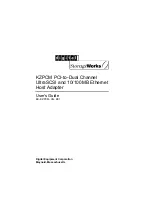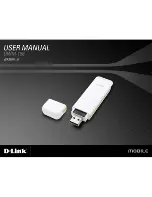
C H A P T E R
S e n d d o c u m e n t a t i o n c o m m e n t s t o m d s f e e d b a c k - d o c @ c i s c o . c o m
29-1
Cisco MDS 9000 Family CLI Configuration Guide
OL-16184-01, Cisco MDS SAN-OS Release 3.x
29
Advanced Features and Concepts
This chapter describes the advanced features provided in switches in the Cisco MDS 9000 Family. It
includes the following sections:
•
Common Information Model, page 29-1
•
Fibre Channel Time Out Values, page 29-4
•
World Wide Names, page 29-8
•
FC ID Allocation for HBAs, page 29-10
•
Switch Interoperability, page 29-12
•
Default Settings, page 29-19
Common Information Model
Common Information Model (CIM) is an object-oriented information model that extends the existing
standards for describing management information in a network/enterprise environment.
This section contains the following sections:
•
About CIM, page 29-1
•
Configuring Added Security on a CIM Server, page 29-2
•
Displaying CIM Information, page 29-2
About CIM
CIM messages are independent of platform and implementation because they are encoded in N
Extensible Markup Language (XML). CIM consists of a specification and a schema. The specification
defines the syntax and rules for describing management data and integrating with other management
models. The schema provides the actual model descriptions for systems, applications, networks, and
devices.
For more information about CIM, refer to the specification available through the Distributed
Management Task Force (DMTF) website at the following URL:
http://www.dmtf.org/
For further information about Cisco MDS 9000 Family support for CIM servers, refer to the
Cisco MDS
9000 Family CIM Programming Reference Guide
.
A CIM client is required to access the CIM server. The client can be any client that supports CIM.
















































